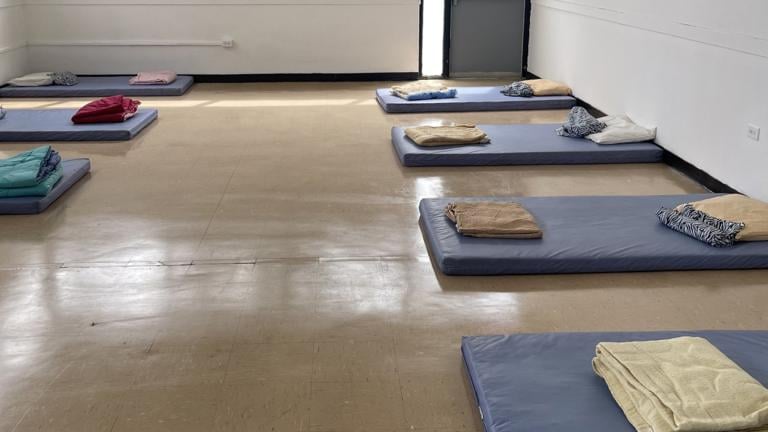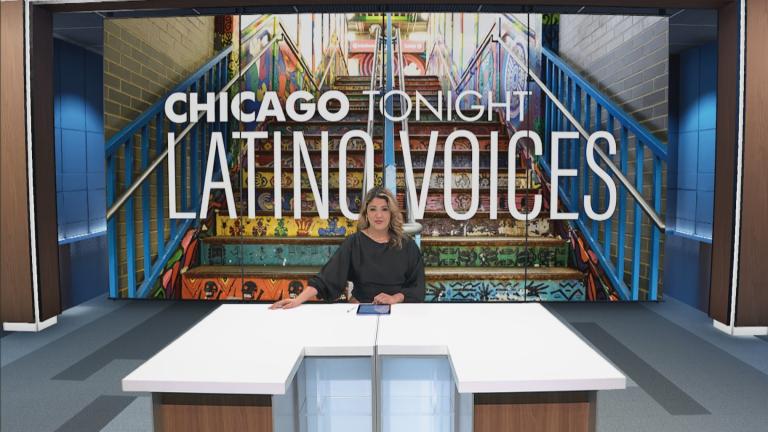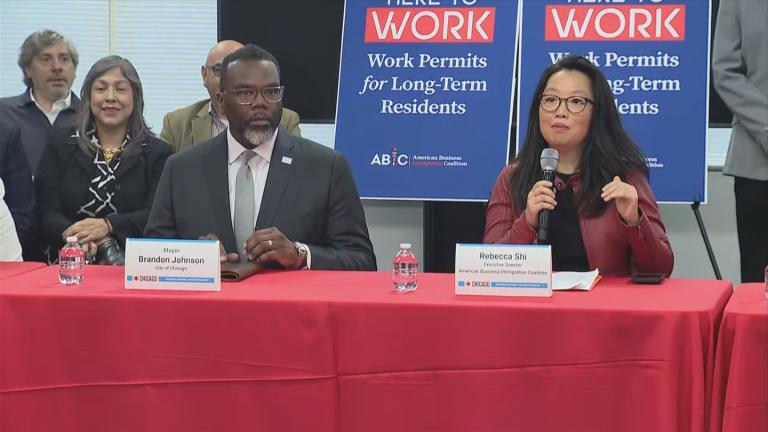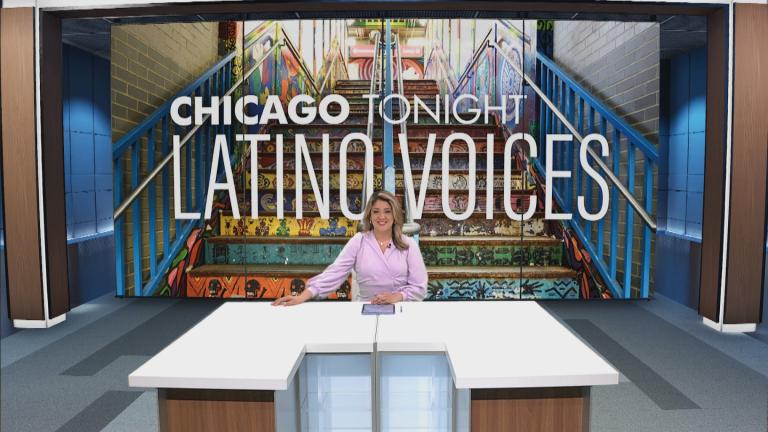Restrictions at the U.S. border, put in place as part of coronavirus measures, are set to end May 23.
Title 42 was issued in March 2020 as a public health order to expel migrants due to coronavirus concerns. The Centers for Disease Control and Prevention decided this month that the order is no longer needed. Once it’s lifted, more migrants are expected to enter the U.S., as well as head for the border seeking asylum. Immigration advocates say they’re glad to see the order being lifted, but feel it took too long.
“I believe it’s a very long delayed decision. I mean if you take into account that the now president used to be very critical of the former president having used title 42,” said Oscar Chacón, Executive Director of Alianza Americas. “It’s taken him 16 months to actually get to that decision. And I want to emphasize that the evidence at least from the CDC itself did not really back up the usage of Title 42 in this particular instance because there was no evidence that the people arriving to the U. S. Southern border really represented a risk from the point of view of the pandemic.”
National Chairman of the Republican National Hispanic Assembly, Ronnie Lucero, thinks it’s too soon to lift the order.
“We still are in the current stage of the pandemic. And I understand that the government is now moving into the endemic stage, but we still have a high amount of COVID cases, hospitalizations and deaths,” said Lucero, “The other part that I want to point out with title 42 is that the problems that we have right now with inflation and the lack of goods that we have to supply to the American people, continuously allowing additional tens of thousands of people into the U.S. while we are experiencing this problem is going to put more strain on the American economy and the American people.”
Despite Title 42 being lifted, immigration advocates like Chacón worry asylum seekers will still struggle to gain entry into the U.S.
“Their asylum chances in the U.S. given how toxic the environment has become, I do not believe that lifting Title 42 will automatically translate into more people being granted a way to stay in the U.S., and I don’t believe that it will necessarily have a significantly important role in whether there will be more or fewer people. The fact is we still need to address the fundamental question and that is why are these people coming? I mean their countries are broken and that is the reason why those people are trying to get into the U. S. which is the only place they can possibly go if they are trying to find a better way of life, that is more democratic. After all, this is supposed to be the land of opportunity,” said Chacón.
Centro Romero is one of many organizations in Chicago helping migrants get settled and adjusted. And they are anticipating the needs of more migrants entering the U.S.
“I think we have to respond to the need of the immigrants. It doesn’t matter who they are, if they’re from Central America, South America or Mexico. So the idea is for us to have our doors open and make sure that they are educated about the legal benefits if they do qualify for anything,” said Daysi Funes, Executive Director of Centro Romero.








